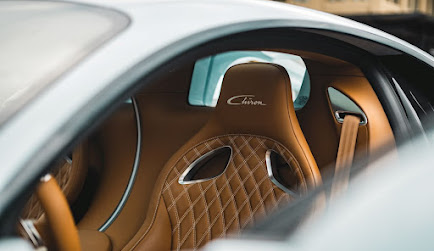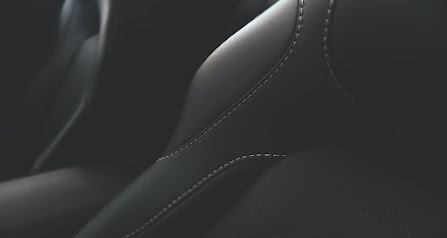Everything you need to know about Automotive leather for Luxury cars
About Automotive Leather for Luxury Cars:
Initially, the covers were created from vegetable-tanned leather without any surface coloring, and subsequently, they were treated with oils and fats to make them water-repellent, just like saddles.
However, a protective color layer was applied to the leather quickly (pigmentation). The leather became more resistant to dampness and grime due to the surface coloring. Until the 1970s and 1980s, this type of leather was the standard. A distinctive feature of this item is the brown reverse side of the packaging. The leather had not been coloured thoroughly and was slightly stiffer than usual.
During this period, the English company Connolly was a highly well-known manufacturer of vehicle leather. It was a distinguishing characteristic of high-quality vegetable-tanned leather.
Evolution of Automotive Leather
Unfortunately, the company is no longer in operation. As a result of this development, chromium tanning became a more economically viable industrial technique that quickly displaced vegetable-tanned leather. Vegetable-tanned leather is no longer used by any leading automobile manufacturers today.
The use of synthetic tanning rather than chrome tanning is preferred by some automobile manufacturers, including Audi, Volkswagen, and Porsche, among others. For the most part, professionals cannot tell the difference between chrome-tanned leather and synthetic tanning leather.
Recent Findings on Automotive Leather for Luxury
Cars:
In recent decades, there has been a notable increase in the proportion of leather used in automobile upholstery. Except for leather inside, there isn't much to consider in the luxury sector other than price. In 2015, leather upholstery was found in 99.9 percent of all Rolls-Royce vehicles.
As a result, leather has become more of a norm, even in the higher to middle price range, which has significantly impacted the leather sector in recent years. Compared to the demand for leather for shoes, furniture, and apparel, automotive leather has increased dramatically.
When the interior of a vehicle is covered with leather, this is referred to as full leather trim. On the other hand, Leather can be blended with a variety of different materials. Leather has made an appearance in car interiors over the years, in Alcantara and imitation leather, among other materials.
What is that you need to know about Automotive
Leather for Luxury Cars?
When purchasing a car, it is critical to inquire about the sort of leather that is supplied. Most clients acquire a vehicle with a leather interior in good conscience. However, the number of surfaces processed with synthetic leather is constantly growing, even in high-end fashion houses.
The appearance of synthetic leather is identical to that of genuine leather surfaces, which is why buyers should always verify whether the headrests, rear bench door panels, and backs of the seats are constructed of genuine leather. In most situations, even the sales staff is unable to identify which surface is covered with which substance when asked.
Talking about Automotive
Leather for Luxury Cars, we have UAE Leathers that have
made quite a benchmark among its consumer base worldwide. A trade-only supplier
of original and authentic, 100 percent automotive leather, UAE Leather is the
only leather supplier with a 1,000-plus color variety of genuine leathers, textiles,
and other materials. It is on a quest to find the appropriate leather for the
customer's next restoration project while also providing the best level of
quality, longevity, and durability possible.



Comments
Post a Comment